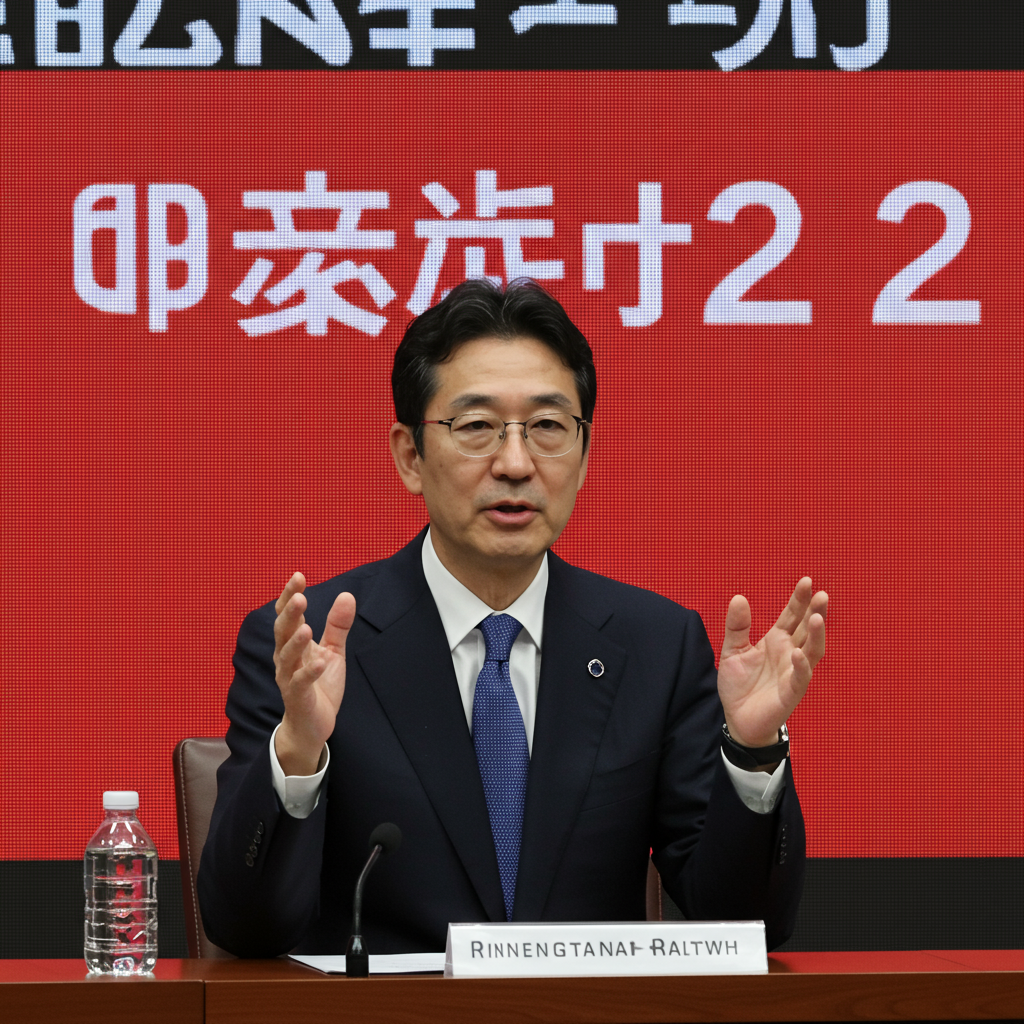Apple recently showcased a wave of updates at WWDC 2025, including the next iteration of its mobile operating system, iOS 26. Alongside broader changes like the new “Liquid Glass” interface design language across platforms, Apple previewed notable enhancements coming to CarPlay. While these updates aim to modernize the in-car experience, some of the most anticipated features feel strikingly familiar, echoing a popular design approach Android Auto embraced a decade ago before largely moving away from it.
The iOS 26 CarPlay update introduces two key features that have captured attention: the integration of Live Activities and widgets. These additions are designed to provide drivers with crucial, timely information directly on their vehicle’s display. Imagine seeing minimized navigation directions, the weather forecast, incoming messages, or quick music controls at a glance, without needing to fully open specific apps or, more importantly, interact with your phone while driving.
This concept of delivering glanceable, proactive information was, arguably, the defining promise of Android Auto when it first launched back in 2014.
Android Auto’s Proactive Past (Circa 2014)
The initial version of Android Auto presented a significantly different user experience compared to what drivers see today. Instead of a grid of app icons, the focus was on simplicity and anticipation. A persistent bottom bar offered quick access to essential functions: Navigation, Phone, and Music.
The heart of the early Android Auto was its “homescreen,” powered by Google Now. This was where the system shined, proactively displaying relevant information based on your context. This included:
Minimized navigation directions for upcoming turns
Current weather conditions
Details about the music currently playing
Timely updates pulled from your Google Calendar and Gmail
This design philosophy was intentionally simple, proactive, and designed to minimize distraction. It provided vital information upfront, anticipating driver needs, which many users found highly effective and innovative at the time.
The Shift: Android Auto Becomes App-Centric
Around 2019, Google significantly redesigned Android Auto, shifting towards a more app-focused dashboard experience. While the current iteration has evolved further, the core proactive homescreen powered by Google Now was largely abandoned in favor of a layout that, ironically, began to resemble Apple’s CarPlay.
For some long-time users and commentators, this shift felt like a step backward. They argue that Google discarded a strong, forward-thinking design idea that prioritized safe, glanceable information in favor of an experience centered around opening individual apps, which felt less intuitive for the driving environment. This has led to a perceived pattern where Google abandons innovative concepts (like early Android Auto or the original Wear OS design), only for Apple to later adopt similar ideas, prompting Google to potentially circle back and “reinvent” the concept again.
CarPlay’s New Widgets & Live Activities: A Return to Glanceable Info
With iOS 26, Apple CarPlay’s introduction of widgets and Live Activities brings the concept of glanceable, proactive information back to the forefront of its in-car experience. While not identical to the old Google Now homescreen, they serve the same fundamental purpose: delivering timely data directly to the driver’s view without requiring deep interaction. This includes updates for navigation, media playback, and other contextually relevant information.
This move is seen by many as Apple picking up the baton that Google dropped, demonstrating the enduring value of making information easily accessible and proactive within the confines of a car dashboard. It’s the direction many feel Android Auto should have continued pursuing.
The Evolving In-Car Tech Landscape
Interestingly, while design philosophies have shifted, the reliability of current Android Auto and Apple CarPlay systems has actually seen significant improvement. Recent data, including studies from J.D. Power, indicates that owners are reporting fewer problems with phone integration compared to previous years. Issues like connection failures, dropped connections, and blank screens, which were once common pain points, appear to be less frequent. This suggests that despite debates about the best interface design, the underlying technology enabling these systems is becoming more robust and user-friendly.
Looking ahead, both Apple and Google are navigating a complex automotive landscape. Apple is also reportedly working on a more ambitious, deeply integrated “next-gen” or “CarPlay Ultra” system designed to take over multiple screens, including the instrument cluster, and incorporate vehicle controls. However, this project has reportedly faced delays and challenges securing widespread automaker adoption, although it is beginning to appear in select high-end vehicles like the Aston Martin DBX.
Simultaneously, some automakers are exploring moving away from offering Android Auto and Apple CarPlay entirely in favor of developing their own proprietary, subscription-based infotainment systems, a trend that could impact user options in the future.
In this dynamic environment, Apple’s decision to bring proactive, widget-based information to its standard CarPlay experience with iOS 26 highlights a feature concept that proved valuable in the past and remains highly relevant for safe, convenient access to information while driving. It’s a fascinating example of how ideas cycle between major tech platforms in the race to define the future of in-car technology.


